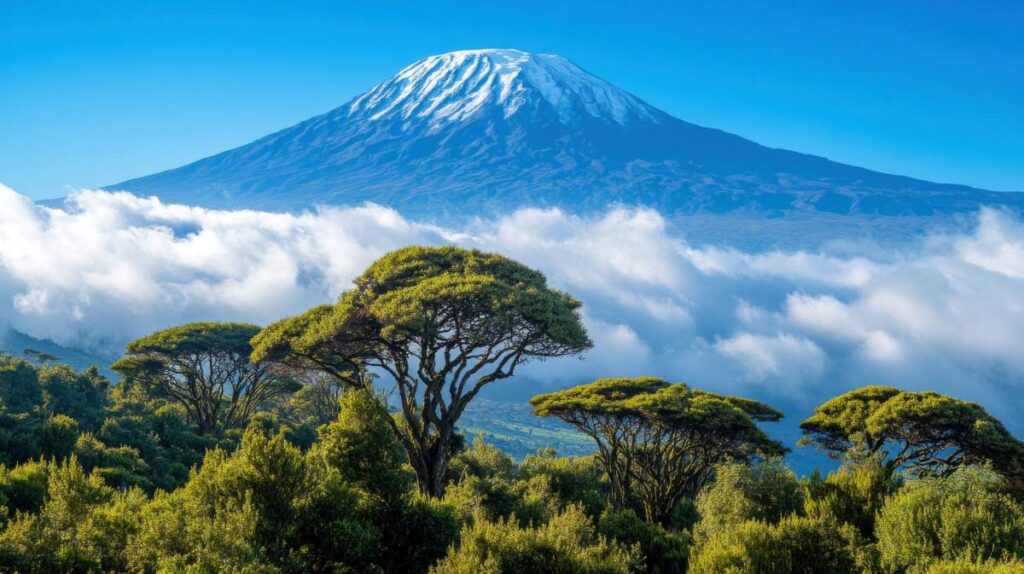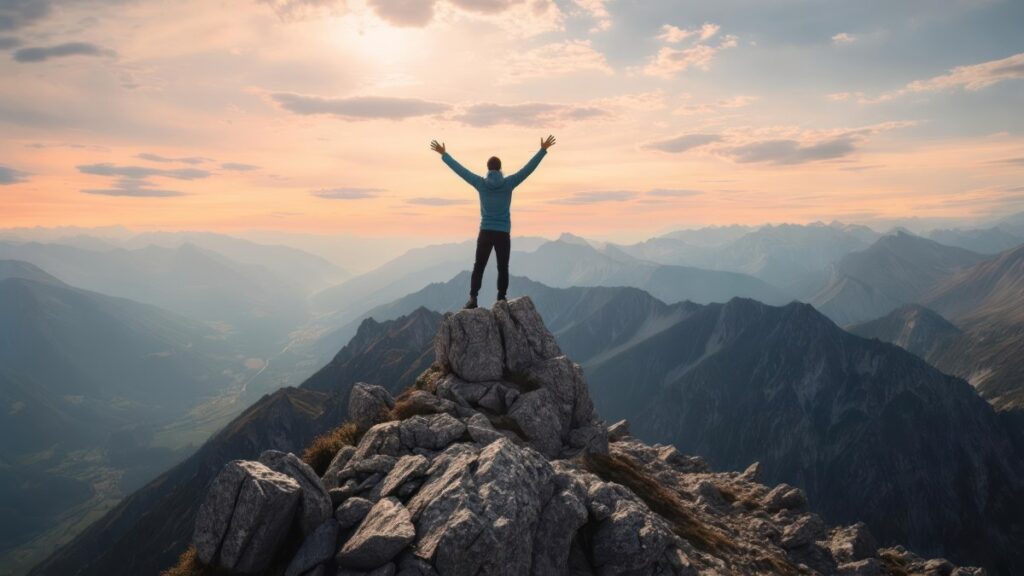
Mount Kilimanjaro, Africa’s tallest mountain, has fascinated travellers for centuries. Rising nearly 6,000 metres above the Tanzanian plains, its snow-capped summit seemed, for a long time, almost untouchable. Local communities revered it, explorers speculated about it, and eventually, climbers tried to conquer it. The question people often ask is straightforward: who was the first person to climb Mount Kilimanjaro and stand at Uhuru Peak? The answer, however, is layered with both history and a touch of controversy.
The Early Attempts
By the mid-19th century, European explorers had begun documenting Africa’s geography with zeal. Kilimanjaro quickly caught their attention. Johann Rebmann, a German missionary, reported seeing its snow-capped peak in 1848. At the time, many in Europe dismissed his account. Snow in Africa? Impossible, they thought. Yet Rebmann’s description was accurate, even if climbing the mountain was still a distant dream.
Over the following decades, several attempts were made to reach the summit. These expeditions often ended in retreat due to illness, poor equipment, or sheer exhaustion. Remember – this was long before modern gear, high-tech clothing, or knowledge of altitude sickness.
Hans Meyer and Ludwig Purtscheller
The first successful summit is credited to Hans Meyer, a German geographer, and Ludwig Purtscheller, an Austrian mountaineer, who reached the peak on 6 October 1889. Guided by a local Chagga man named Yohanas Kinyala Lauwo, they became the first recorded climbers to stand at the top of Kilimanjaro.
Meyer had already attempted the climb twice before, in 1887 and 1888, both times unsuccessfully. On his third attempt, better prepared and with Purtscheller’s experience, he finally achieved the goal. Their success wasn’t just a personal triumph – it was also a milestone in mountaineering history.
Yohanas Kinyala Lauwo: The Forgotten Guide
It would be unfair to talk about the first ascent without mentioning Yohanas Kinyala Lauwo. At only 18 years old, he served as the local guide for Meyer and Purtscheller. His knowledge of the terrain was invaluable, and yet for decades his role was overlooked in many historical accounts. Today, Lauwo is rightly recognised as a crucial member of the team.
He continued guiding on the mountain for many years and lived to be over 100, becoming something of a local legend. His story underscores the fact that European explorers often relied heavily on African knowledge and support to achieve their so-called “discoveries.”
Why the Climb Mattered
The 1889 ascent wasn’t just about reaching a high point on a map. It symbolised the meeting of European exploration and African geography at a time when colonial interests were spreading across the continent. The climb added to geographical knowledge, but it also fed into narratives of conquest and discovery that ignored local traditions.
At the same time, the achievement helped put Kilimanjaro on the global stage. From then on, it became a symbol not just of Africa but of adventure itself. Writers like Ernest Hemingway later referenced the mountain, cementing its place in cultural imagination.
The Challenges They Faced
To understand their accomplishment, picture the conditions. No down jackets. No GPS. Heavy, basic boots instead of lightweight hiking gear. They carried supplies by caravan, faced unpredictable weather, and endured altitude sickness without the medical knowledge we now take for granted.
Meyer’s earlier failures had taught him the importance of acclimatisation. On the successful climb, they took time to adapt to the thin air, slowly pushing higher until they could make the final summit push. Even so, it must have been brutal.
Legacy of the First Ascent

That historic climb paved the way for countless expeditions since. Today, tens of thousands of trekkers attempt Kilimanjaro each year. Routes are well established, guides and porters are trained, and equipment is modern. Yet the spirit of adventure remains linked back to that moment in 1889 when Meyer, Purtscheller, and Lauwo stood on the roof of Africa.
For Tanzania, Kilimanjaro has become more than a mountain – it’s a source of pride, a UNESCO World Heritage Site, and a driver of tourism. The story of the first ascent continues to inspire travellers who want to follow in those footsteps.
Climbing Kilimanjaro Today
While you don’t need to be a professional mountaineer to attempt Kilimanjaro now, preparation is still crucial. The mountain is a challenge, mainly because of altitude. Success rates are higher on longer routes, which allow time to adjust.
Guides remain essential. Just as Meyer and Purtscheller relied on Lauwo, today’s climbers depend on the expertise of local teams. Trekking is also regulated, ensuring sustainability and safety on the mountain. If you’re considering making the climb yourself, it’s wise to research routes carefully and plan your African trekking expedition with experienced operators.
A Balanced Perspective
There’s always a temptation to romanticise “first ascents,” but it’s important to acknowledge the complexity. Meyer and Purtscheller brought mountaineering skill, yes, but without Lauwo’s guidance, their attempt may well have failed again. Similarly, while their success marked a historic milestone, it also took place in a context of colonial expansion that shaped how Africa’s landscapes were perceived and used.
Recognising these layers doesn’t diminish the achievement – it enriches it. Understanding history in full allows us to celebrate human resilience while also acknowledging the roles and voices that were long overshadowed.
Final Thoughts
So, who was the first person to climb Mount Kilimanjaro? The official answer is Hans Meyer and Ludwig Purtscheller, with the indispensable support of Yohanas Kinyala Lauwo, on 6 October 1889. Their climb was a mix of persistence, hardship, and collaboration across cultures.
More than 130 years later, their footsteps echo in every trekker’s journey up the slopes. Kilimanjaro may be more accessible now, but the mountain still demands respect. And perhaps that’s the enduring lesson of the first ascent: success on Kilimanjaro, then as now, depends on patience, teamwork, and humility in the face of nature’s scale.

